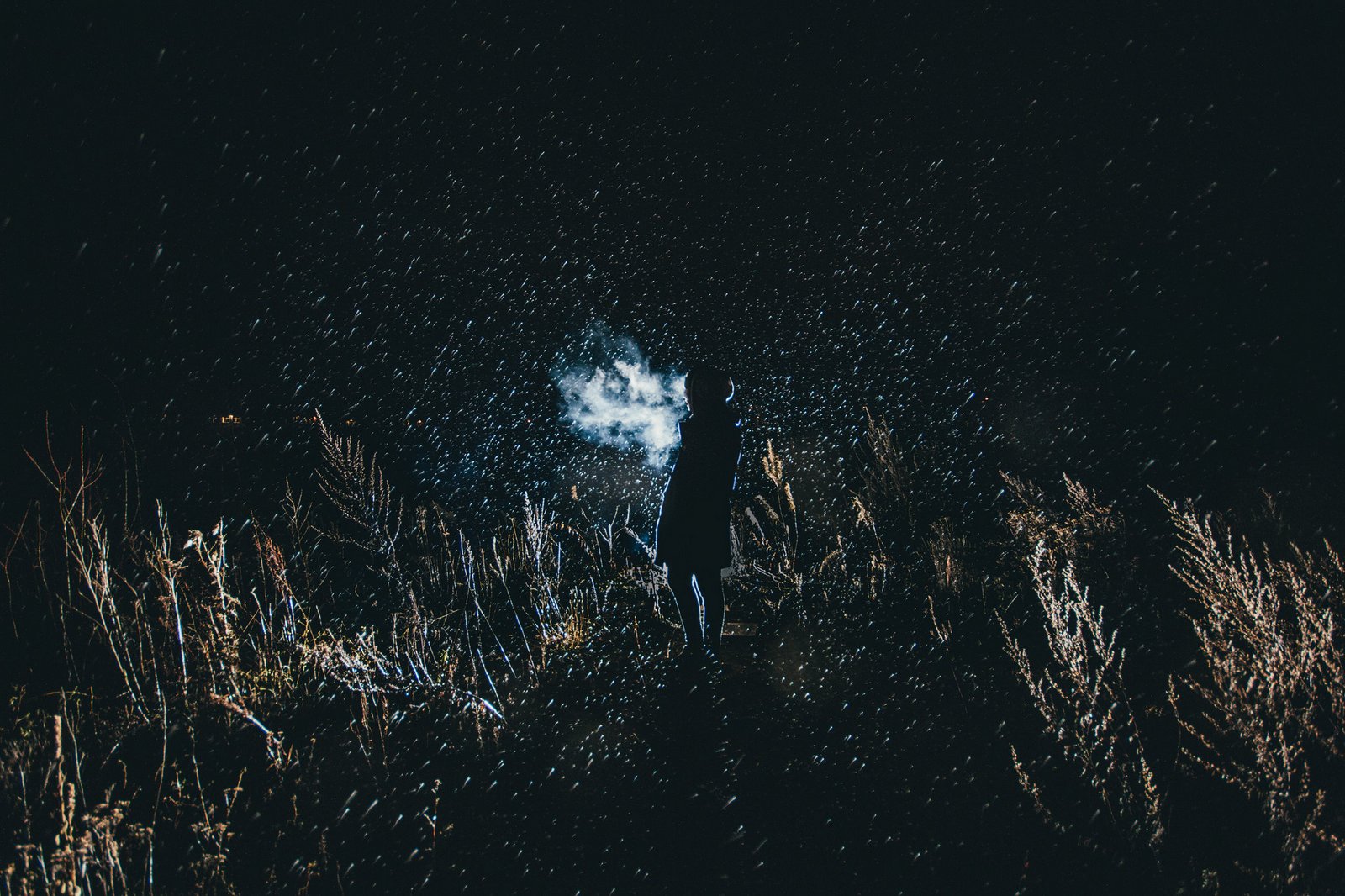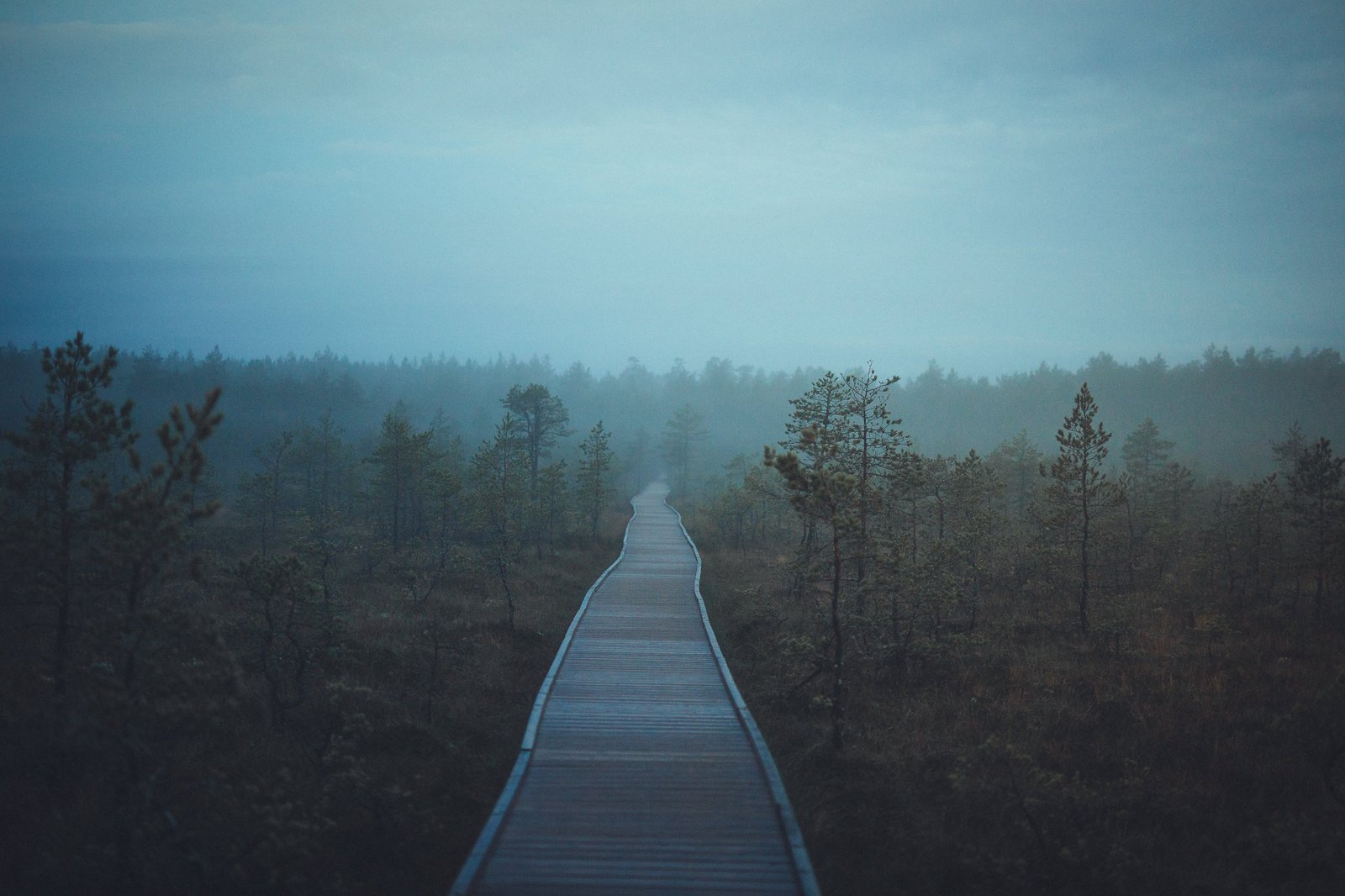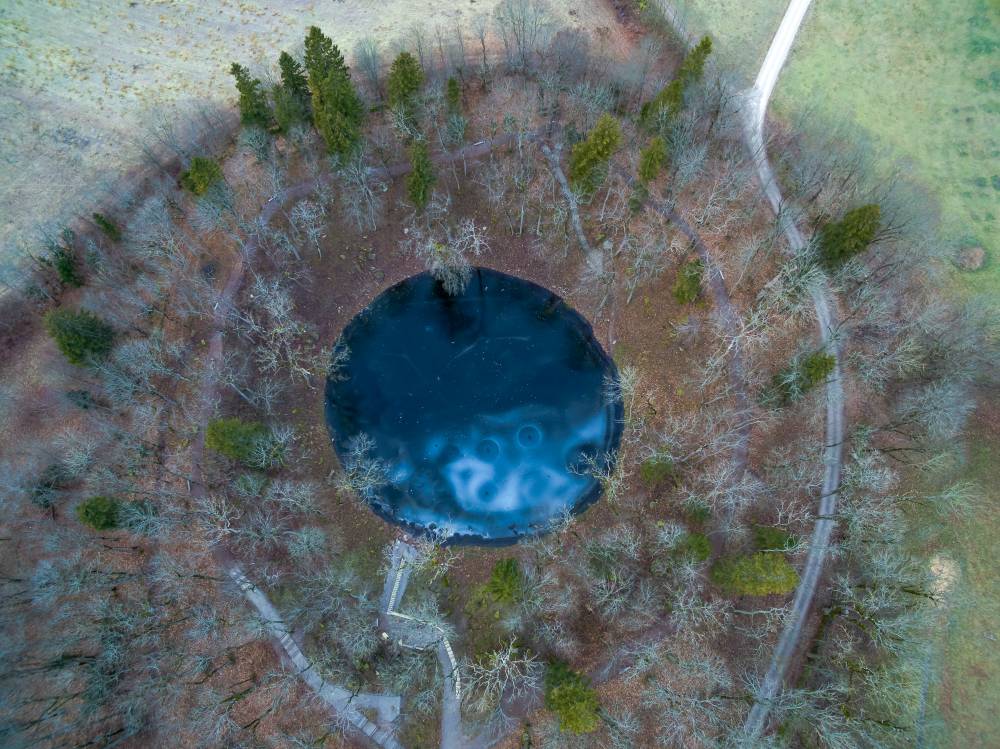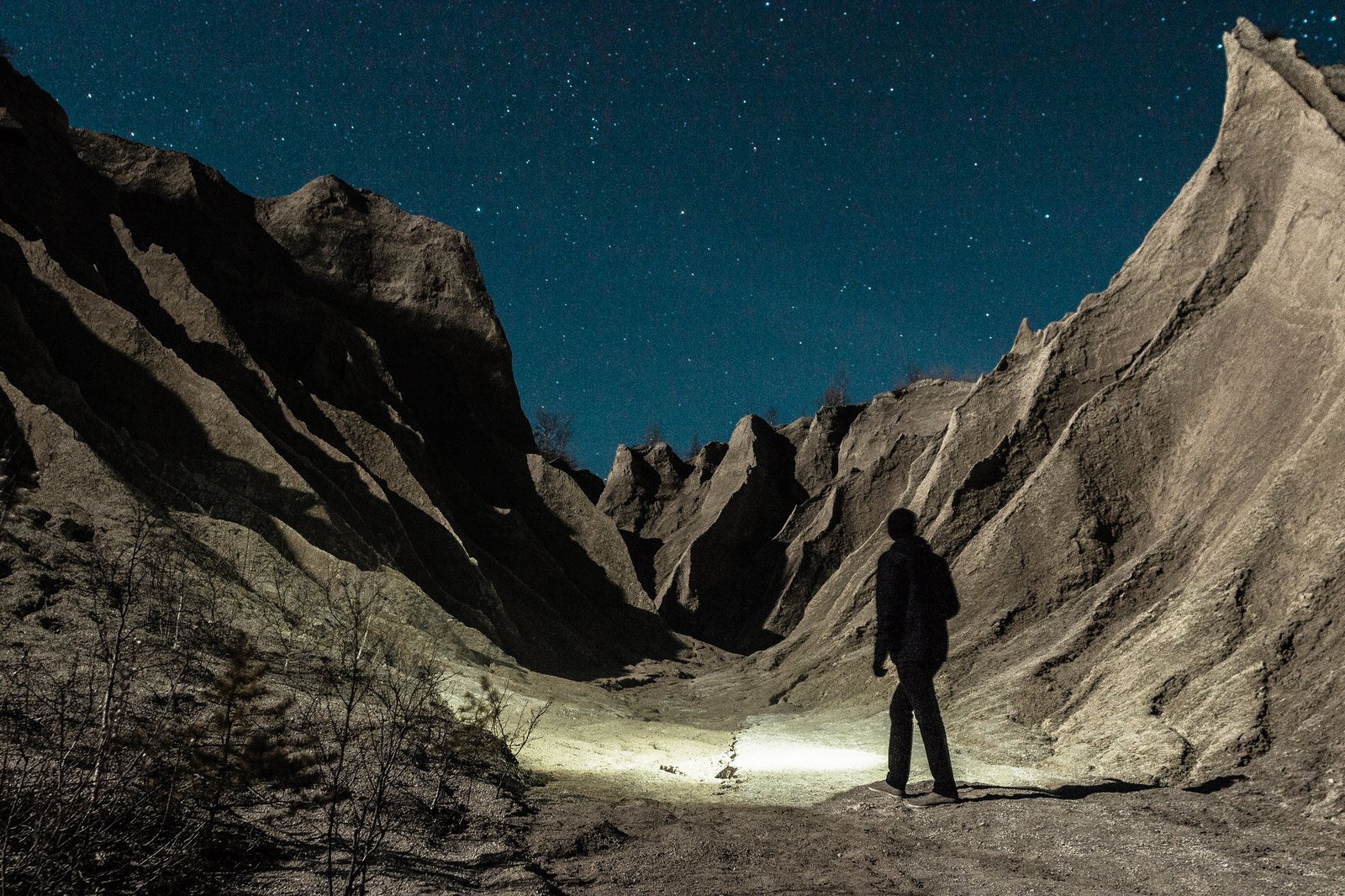The more distant Estonian history is known
to us through primarily archaeology and,
for example, linguistics. The first in-depth
written documents about Estonian history
date from the Christianisation period in
the thirteenth century, and they were
documented by Christian chroniclers. The Christianisation of Estonian territories
started in the 1180s, and by the end of the
century, it had turned into a holy war. All
Estonians were defeated by 1227, Saaremaa
was the last to fall. It took Estonia almost
seven hundred years from then to become
an independent state. In the meantime,
Estonian territories belonged to German,
Danish, Swedish, Polish, and Russian rulers.
And yet Estonians kept their language and
culture through all that.

Rain in the night. Photo by: Taaniel Malleus / Enterprise Estonia
Another testament
to Estonians’ resilience is perhaps the
fact that today, Estonians are some of the
most non-religious people in the world.
Only a quarter of the population claims to
be religious (most of them Lutherans or
Russian Orthodox).However, this does not
mean that Estonians are purely atheists or
agnostics. It is the organised, church-driven
religion that seems alien to them; on a
personal level, Estonians’ beliefs are often
linked to nature, spirituality, or folk tradition.

Viru bog in the Northern Estonia. Photo by: Siiri Kumari / Enterprise Estonia
BACK TO ALL QUESTIONS



